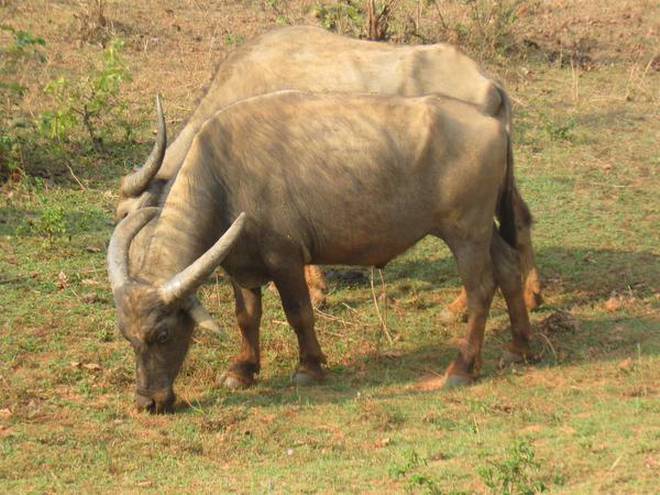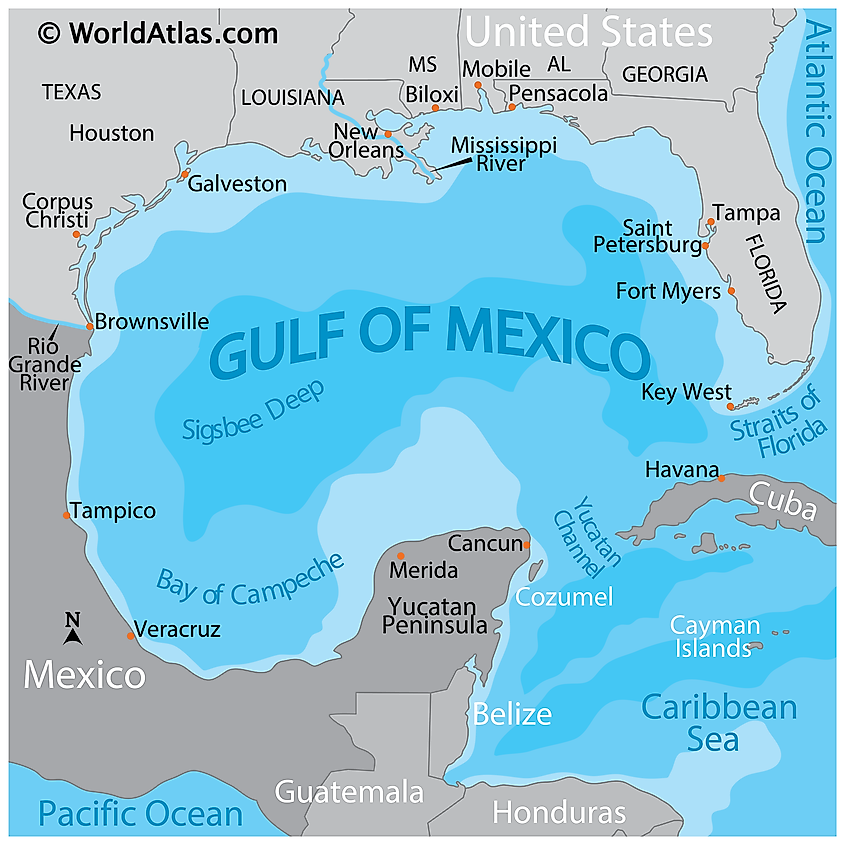7667766266
enquiry@shankarias.in
National Bureau of Animal Genetic Resources (NBAGR) has recognised the Manda buffalo as the 19th indigenous and unique buffalo breed of India.

Rhizomicrobiome (plant-root microbe interactions) is the rich collection of microbes that surround the roots of every plant.
After Hurricane Ida, abandoned damaged oil pipelines have been discovered in the Gulf of Mexico while searching for the origin of a substantial oil spill.
Straits of Florida runs between the peninsula of Florida and Cuba.
Yucatán Channel runs between the Yucatán Peninsula and Cuba.

Source: The Hindu, The Indian Express, Business Insider, Panda.org